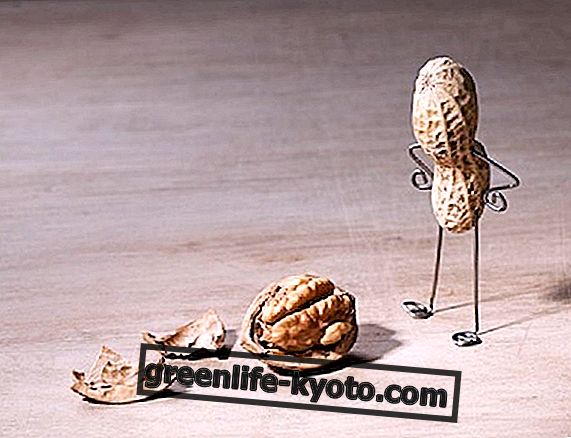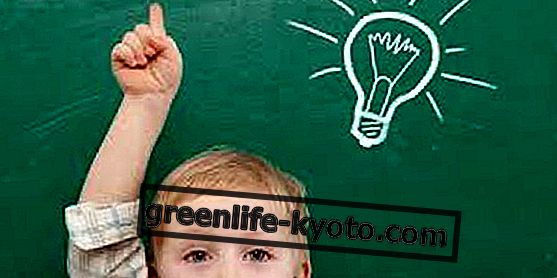
Who can call themselves nutritionist
The nutritionist in Italy is a biologist (sometimes even a doctor, but more rarely) , first of all. Can draw up specific nutritional profiles according to the patient's needs.
The courses of study in medicine and surgery or in biological sciences only offer in a few cases training aimed at exercising the profession of nutritionist after enrollment in the register of the profession of nutritionist and for this reason the training course often continues . Enrollment involves passing the state exam . It is essential, after the five-year master's degree, to follow courses, masters, updates on diet and health, aimed at deepening the science of nutrition and nutrition or obtaining a specialization in food science.
The professional figure of the nutritionist has several reference institutions including:
- INRAN (National Research Institute for Food and Nutrition)
- ABNI (Italian Association of Nutrition Biologists)
- ASPENI (Professional Association of Italian Ethologists and Nutritionists)
- ONB (National Biologist Order)
What the nutritionist can do
The nutritionist knows how to draw up specific dietary plans for the patient who is faced, from time to time with different needs, time dedicated to movement and body training, hereditary and non-hereditary pathologies. The expert uses specific techniques and methodologies (analysis of body composition, analysis of basal metabolism and energy expenditure, nutritional analysis of food income, etc.).
Expert in food education and information, she is able to develop dietary schemes for communities (schools, kindergartens, companies) or analyze the energy needs of individuals, to calculate a correct diet based on the activities performed. He often works for ASLs . He also deals with food statistics .
The law in Italy
The graduate in biology enrolled in section A of the order of biologists who has received the clearance from the same order to profess himself as a nutritionist, then works to continue in the direction of a specialization in non-compulsory but strongly recommended nutrition sciences. Section A refers to the category that can be accessed by those who have a degree in: Biology, Agricultural biotechnology, Industrial biotechnology, Medical, veterinary and pharmaceutical biotechnologies, Environmental and territorial sciences and technologies, Human nutrition sciences.
The non-medical nutritionist cannot prescribe drugs .
About the profession of biologist and his competences, we refer to Law 396 of 24.05.1967, which in article 3 states:
They form the subject of the profession of biologist:
- Classification and biology of animals and plants;
- Evaluation of the nutritional and energy needs of man, animals and plants;
- Genetic problems of man, animals and plants.












